Photos: 19th-Century Martial Arts for Cops
A book written by samurai in 1888 reveals martial arts practices for police of the day. These highly guarded techniques were revealed in text and illustrations. (Images from book, in public domain)
Secrets revealed
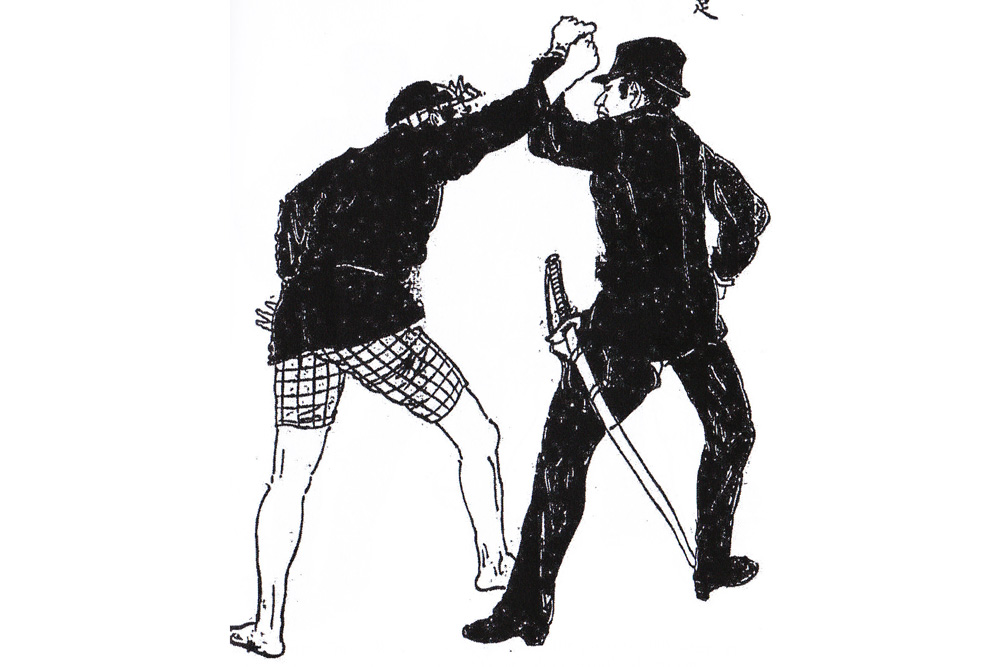
A 19th century illustrated Japanese martial arts book, written by samurai, provides police with a series of martial arts techniques designed to help officers defend themselves without killing the suspect. Published in 1888 it was written at a time when the samurai class had lost many of their privileges and the martial art schools that once taught them were willing to reveal their secret techniques to the public. This image shows a police officer blocking a strike.
Taking control
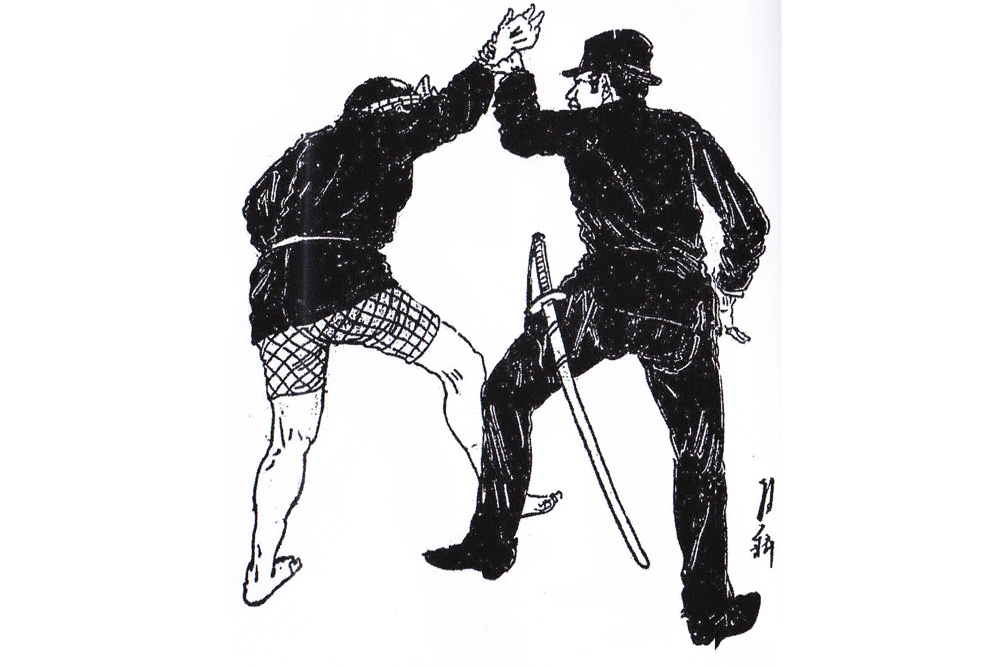
In this illustration the officer grabs hold of the suspect's wrist while keeping him off balance. The 19th century book has recently been translated into English for the first time by translator Eric Shahan.
Bringing them in alive
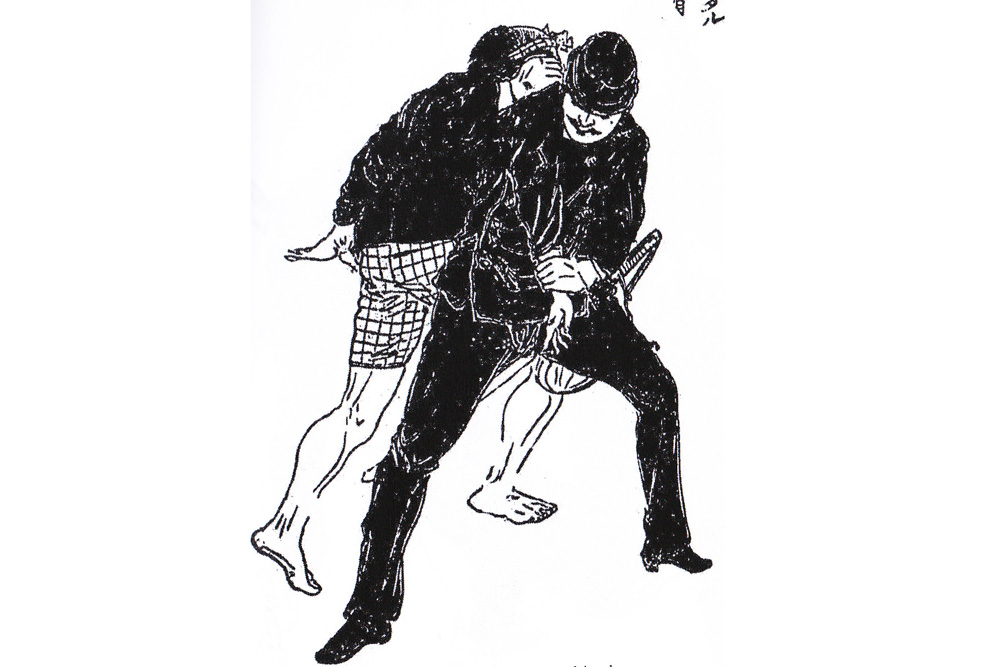
With the police officer holding the suspect's wrist, and with the suspect off balance, the officer is able to throw him, ending the fight. Notice that while the officer is armed with a sword he did not have to draw it, much less use it.
Sign up for the Live Science daily newsletter now
Get the world’s most fascinating discoveries delivered straight to your inbox.
Offense is the best defense
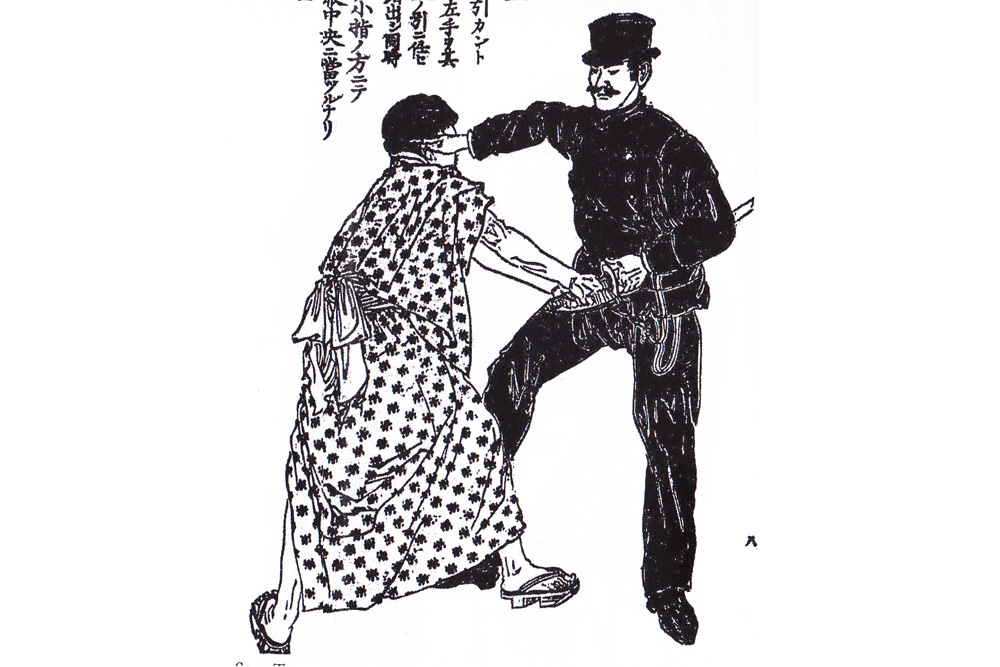
The book shows that police in 19th century Japan were concerned about suspects grabbing the officer's sword. The book has several techniques designed to prevent this. In this image the officer holds on to his sword, preventing it from being taken, while striking the suspect with his other hand.
Using what was available
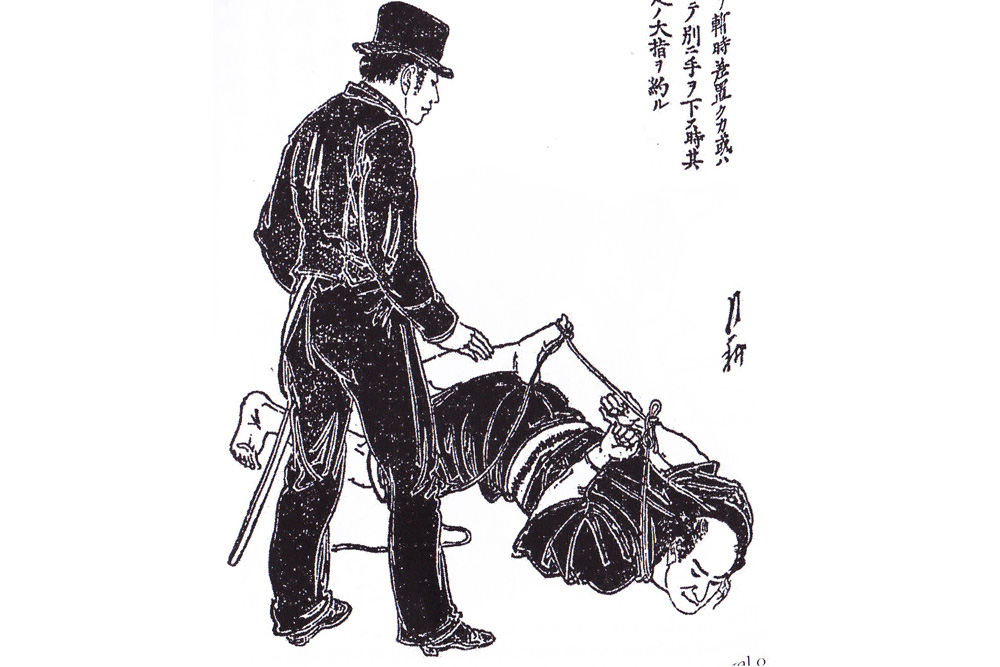
There is no mention of handcuffs in the book. Instead it has an entire section devoted to rope tying techniques. Some of the rope techniques used on suspects are elaborate, as seen in this illustration.
Making do
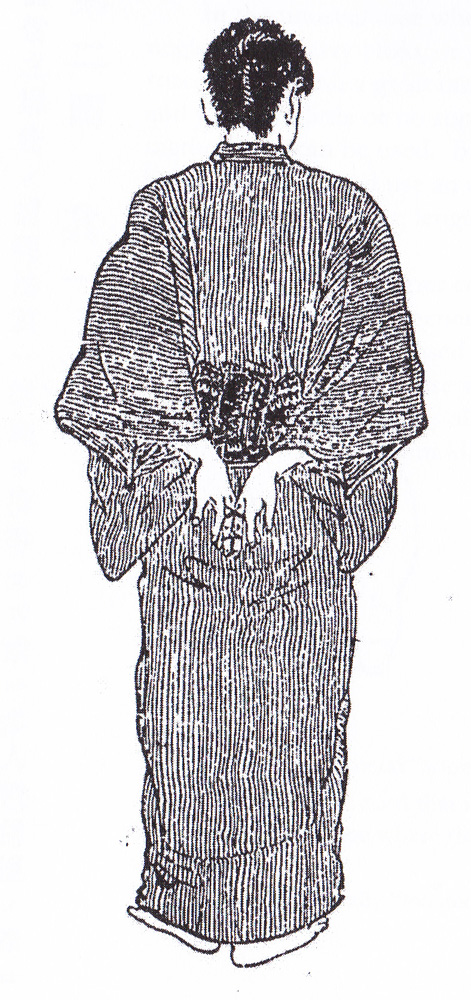
In the event rope is in short supply the book says that officers can make do by tying together the suspect's two middle fingers, as seen here.
Helping the helpless
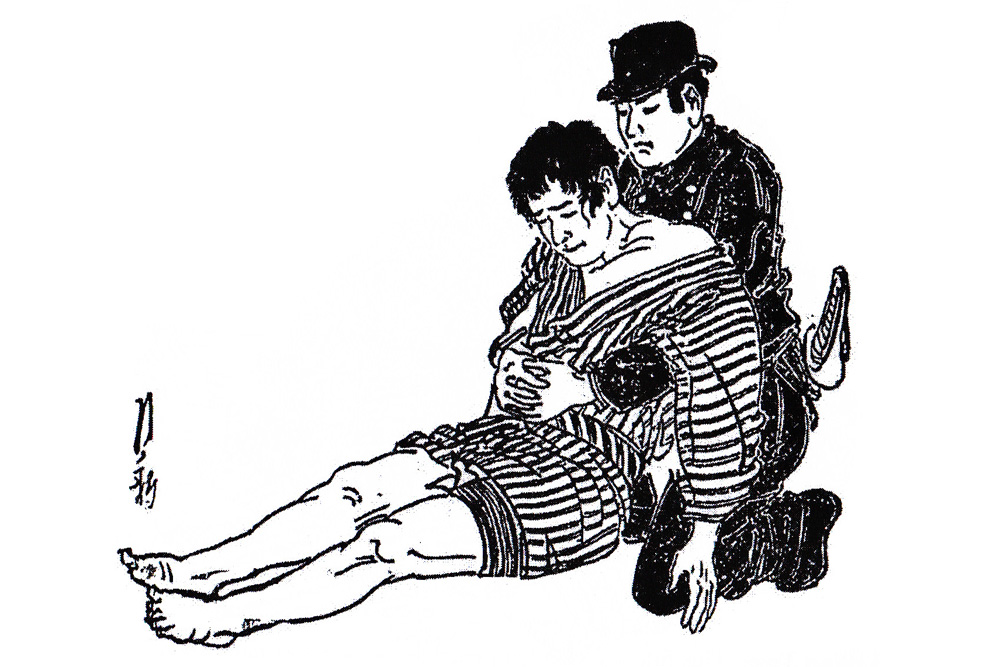
The book also has a section on "Kappo" — resuscitation techniques that can be used to help someone who has suffered an accident. The technique seen here is designed to help someone who has drowned. The officer places one shin along the victim's back, behind the solar plexus. The officers also places both hands under the victim's navel.
Getting in the know
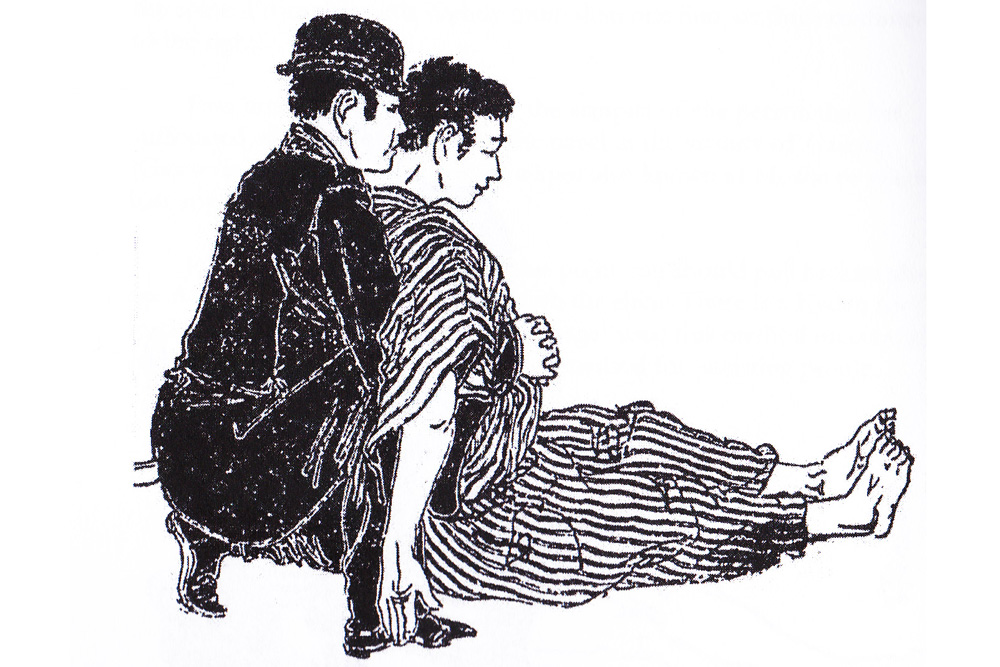
The book says that, with both hands joined below the victim's navel, the officer should push his hands upwards and inwards while also pressing his shin against the victim's back, behind the solar plexus. Presumably this would help get water out of the victim's lungs and help them breathe again. Japanese martial art schools developed several "Kappo" techniques, along with the fighting and rope-binding techniques, over the centuries but kept many of them secret. By 1888 they were willing to reveal their secrets to the general public.

Owen Jarus is a regular contributor to Live Science who writes about archaeology and humans' past. He has also written for The Independent (UK), The Canadian Press (CP) and The Associated Press (AP), among others. Owen has a bachelor of arts degree from the University of Toronto and a journalism degree from Ryerson University.









